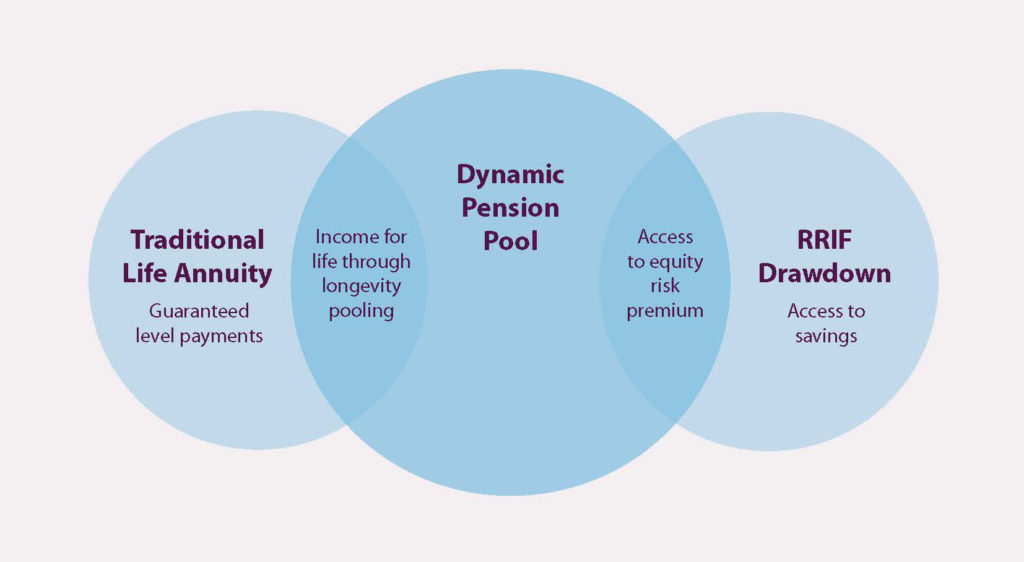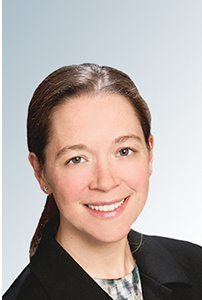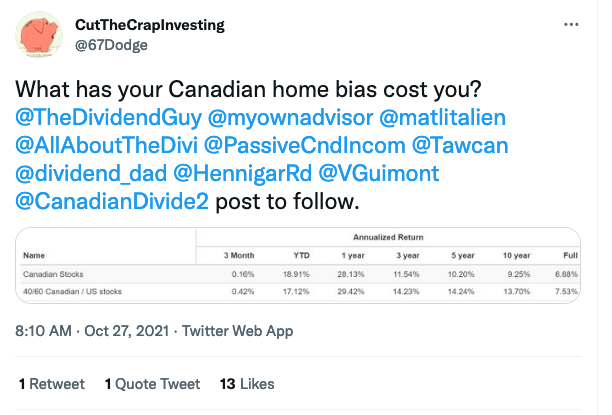
By Noah Solomon
Special to the Financial Independence Hub
Historically, investors have held bonds to diversify and mitigate the volatility of their portfolios. Conventional portfolios have sufficient allocations to low-volatility bonds to weather periodic bear markets in stocks. During the tech-wreck of 2000-02, the global financial crisis of 2007, and the Covid-crash of early 2020, bonds not only held up well relative to stocks, but actually produced gains, mitigating the pain investors experienced from large declines in stocks.
Over the past few decades, bonds have not only provided ample protection from bear markets in equities but have also provided reasonable returns for the privilege. During the 40 years from 1982 to 2020, 10-year U.S. Treasuries produced an average annualized real return of 4.71%.
The Ugly Truth
By any measure, the bond market’s one-two punch of healthy returns and portfolio insurance over the past several decades has been impressive. However, this experience has been highly anomalous from a long-term historical perspective.
The 4.71% annualized real return of 10-year U.S. Treasuries over the 40 years from 1981 to 2020 compares favorably to the corresponding return of only 1.36% for the 80 years beginning in 1941. Their returns over the past four decades look even more out of place when compared to -1.89% annualized real return for the 40 years from 1941 to 1980.
Bonds can also be less stable than stocks and just as vulnerable to extreme losses. Since 1928, the maximum peak-trough loss in real terms of 10-year U.S. Treasuries was -54.3% vs. -56.5% for stocks. Over the same time period, the worst rolling 10-year annualized real return for 10-year Treasuries was -4.7% as compared to -4.06% for the S&P 500 Index.
Bond bear markets can also last longer than those of stocks. Investors who bought Treasuries at the end of 1940 had to wait 51 years before they broke even in real terms. By contrast, the lengthiest period in which stocks remained underwater was the 13 years following the peak of the technology bubble in late 1999.
The current near-zero yields on bonds are likely to be an excellent indicator of what investors can anticipate for future returns. John Bogle, founder of The Vanguard Group, pointed out that since 1926, the yield on 10-year U.S. Treasury notes explains 92% of the annualized returns investors would have earned had they held the notes to maturity and reinvested the interest payments at prevailing rates.
The perils of investing in bonds are well summarized by legendary investor Warren Buffett, who in his 2012 annual letter to Berkshire Hathaway shareholders warned:
They are among the most dangerous of assets. Over the past century these instruments have destroyed the purchasing power of investors in many countries, even as these holders continued to receive timely payments of interest and principal …. Right now, bonds should come with a warning label.
History also cautions against relying on bonds to mitigate portfolio losses when stocks decline. Notwithstanding that bonds provided much needed gains during the tech-wreck of 2000-2002, the global financial crisis of 2008, and the Covid-crash of 2020, stocks and bonds have been positively correlated in 55% of the 93 years from 1928 to 2020.
Putting history aside, the simple fact is that with current short-term rates at zero and 10-year Treasuries yielding 1.5%, it will be difficult for bonds to provide the same degree of protection (if any) in the next bear market. The math just doesn’t work!
From the beginning of 1928 through the end of last year, the annualized real return of the S&P 500 Index was 6.64%, as compared to 1.94% for 10-year Treasuries. Had you invested $1 in the S&P 500 at the beginning of 1928, by the end of 2020 it would have had an inflation-adjusted value of $396.03 vs. only $5.96 had you invested the same $1 in 10-year Treasuries. Put simply, the opportunity cost of maintaining a permanent allocation to bonds cannot be overstated.
Does this mean Bond Investors are Irrational?
The massive drag on portfolio returns over the long-term caused by a permanent allocation to bonds does not necessarily imply that investors who hold them are irrational.
Many investors may not have a sufficiently long investment horizon to weather crushing losses in bear markets and/or may be emotionally incapable of enduring large losses that can occur in portfolios that are heavily weighted in stocks. Continue Reading…















